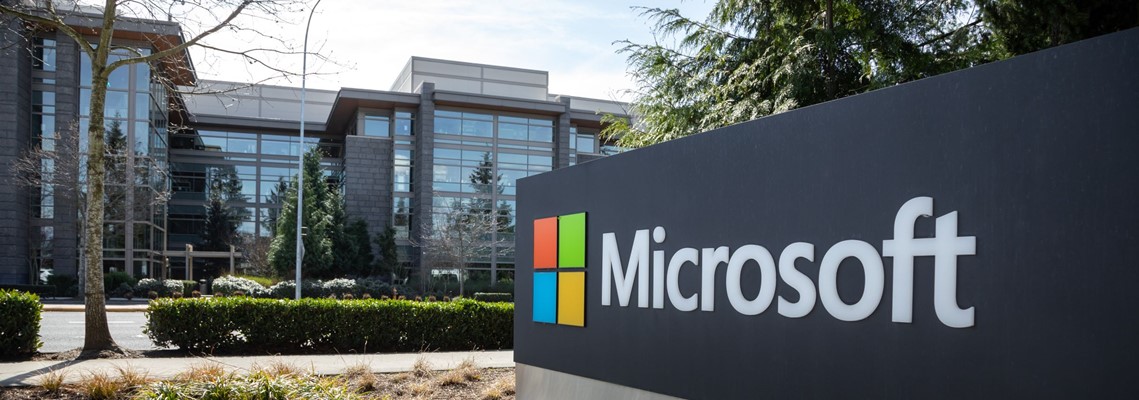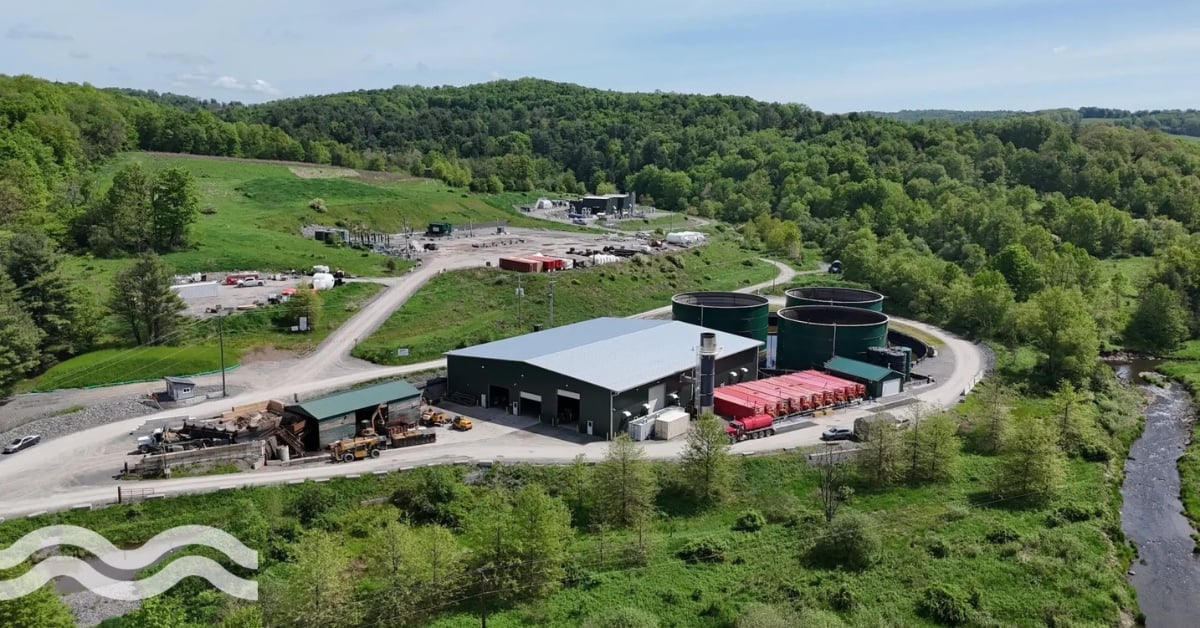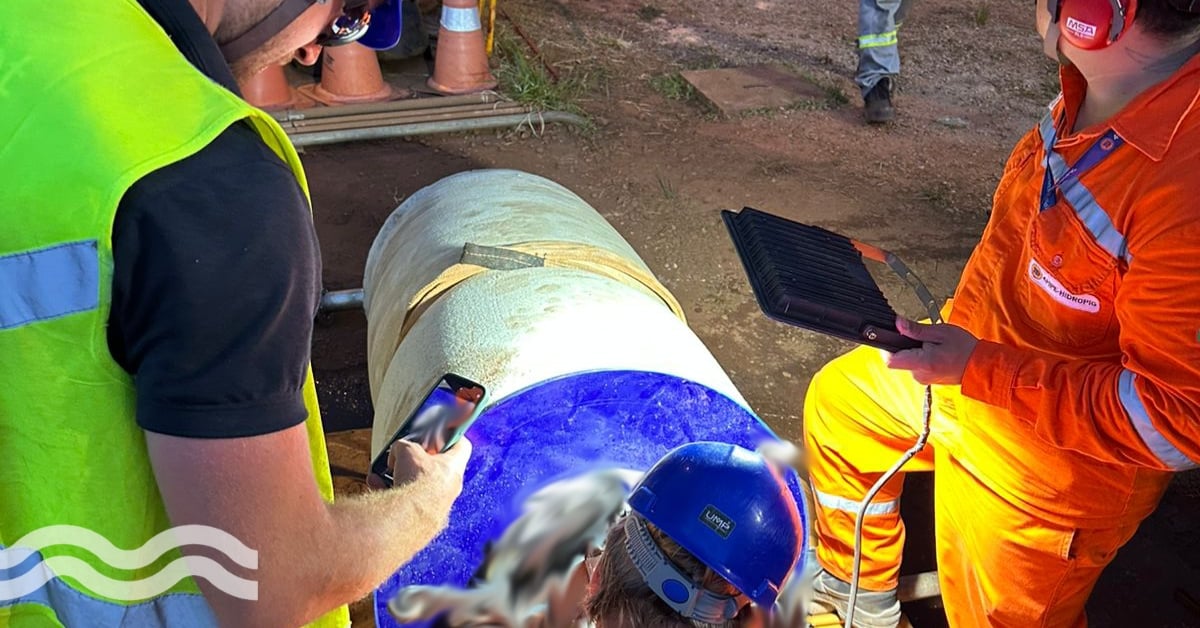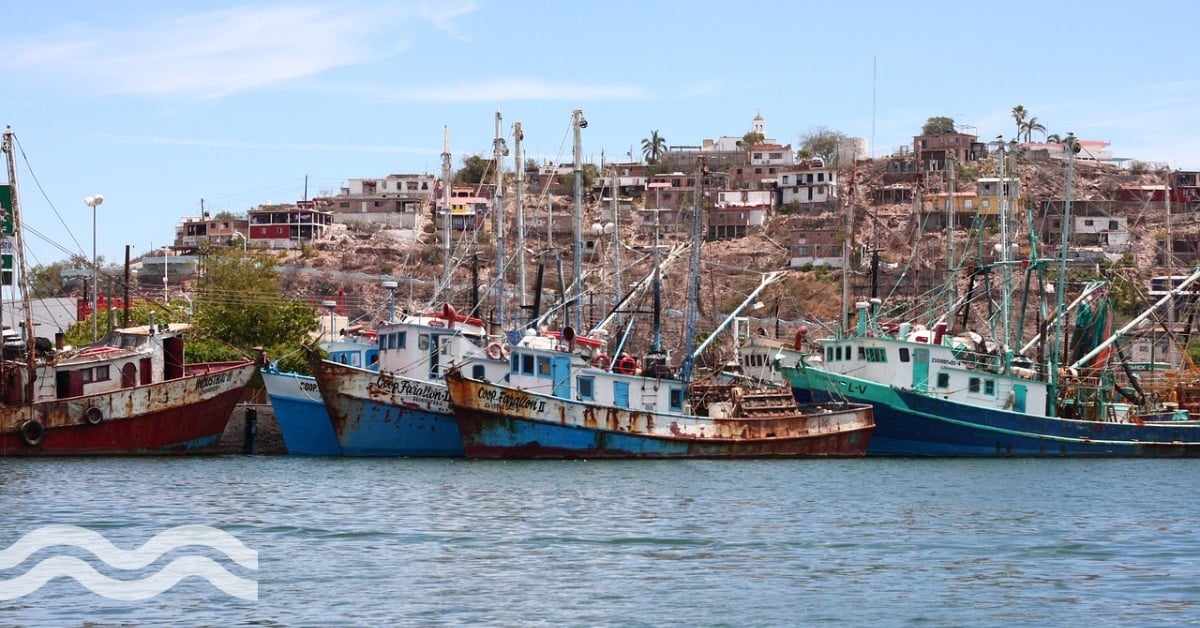Replenishment to help Microsoft reach 2030 water positive goals

Within the decade, computer giant Microsoft will replenish more water than it uses across its global operations. How?
The fourth pillar of water
Computer giant Microsoft has followed Intel’s lead and announced that by 2030, it would be "water positive".
This means that within a decade, the organisation will replenish more water than it consumes on a global basis.
The twin-pronged strategy involves reduction (cutting the amount of water used per megawatt of energy used for operations), as well as replenishment (adding water back into the environment in water-stressed regions where it operates).
The water positive 2030 strategy is the fourth pillar of Microsoft’s environmental plan, also including to become carbon negative and zero waste ambitions.
“Getting ahead of the world’s water crisis will require a reduction in the amount of water humans use to operate economies and societies, as well as a concerted effort to ensure there is sufficient water in the places it is needed most,” said president Brad Smith, in a blog posted on Microsoft’s site.
Water replenishment plan
Microsoft’s replenishment strategy will initially focus on 40 “highly stressed” basins where the organisation has operations.
The majority of the world’s freshwater is divided into 16,396 basins, each of which has been assigned a “baseline water stress” score by the World Resources Institute (WRI).
A basin is considered “highly stressed” if the amount of water withdrawn exceeds 40 per cent of the renewable supply. Globally there are 4,717 basins that fall into this category.
Microsoft said the amount returned would be determined by how much water we use and how stressed the basin is.
Investments will also include wetland restoration and the removal of impervious surfaces like asphalt, which will help replenish water back into the basins that need it most.
Water reduction initiatives
Listing its water-reduction initiatives, Microsoft said its Silicon Valley campus, opening later this year in California, features an on-site rainwater collection system and waste treatment plant to ensure 100 per cent of the site's non-potable water comes from on-site recycled sources.
An integrated water management system will manage and reuse rainwater and wastewater.
Meanwhile, in India, a building on its Hyderabad campus will support 100 per cent treatment and reuse of wastewater on-site for landscaping, flushing, and cooling tower makeup.
In a new data centre in Arizona, a process called "adiabatic cooling” will be used for six months, which Microsoft claims uses up to 90 per cent less water than other water-based cooling systems, such as cooling towers.
Outside air is used instead of water for cooling when temperatures are below 85 degrees Fahrenheit. When temperatures are above 85 degrees, an evaporative cooling system is used, acting like a “swamp cooler” that you find in residential homes.
Stimulating innovation
The reduction and replenishment initiatives followed a $10 million investment from Microsoft’s Climate Innovation Fund in the Emerald Technology Ventures’ $100 million Global Impact Fund.
Temasek, Ecolab, and SKion are among the other investors included.
The ambition is for the fund to partner with early- to expansion-stage companies from around the world, driving innovation and its adoption in water technologies.
It will focus on pressing challenges, including conserving water resources, improving water efficiency and quality, avoiding carbon emissions in water treatment, and adapting to climate change.


